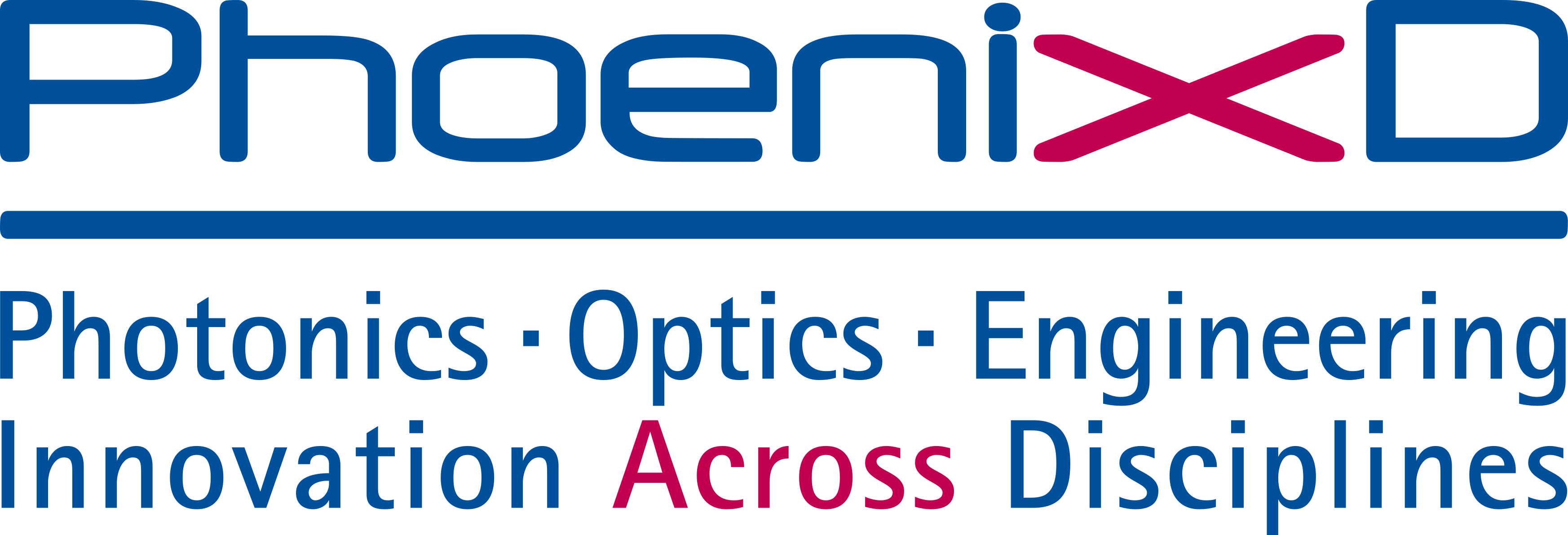Alignment Process for Glass Substrates Using Electrostatic Self-Assembly
- verfasst von
- Martin Stucki, Christoph Schumann, Annika Raatz
- Abstract
Sequential precision placing and bonding of components is time-consuming and expensive. Electrostatic self-assembly is a process for the parallel alignment of flat parts. Fluid between the parts acts as bearing and dielectric and serves as an adhesive for the subsequent bonding process. After a rough pre-positioning, a voltage leads to the electrical attraction between electrodes on both components. This results in a force that precisely aligns the parts on the designated assembly position. This paper describes the basics of the electrostatic self-assembly process and presents a structure design for the alignment of large-scale parts (127 mm). A model would help to design necessary conductive structures and control the process. In order to build a suitable model, we investigate the correlation between the applied voltage, the positioning error and velocity during the alignment process. We present the temporal velocity distribution in the process and calculate the alignment force based on a simple theoretic model.
- Organisationseinheit(en)
-
Institut für Montagetechnik und Industrierobotik
PhoenixD: Simulation, Fabrikation und Anwendung optischer Systeme
- Typ
- Beitrag in Buch/Sammelwerk
- Seiten
- 448-456
- Anzahl der Seiten
- 9
- Publikationsdatum
- 2022
- Publikationsstatus
- Veröffentlicht
- Peer-reviewed
- Ja
- ASJC Scopus Sachgebiete
- Wirtschaftsingenieurwesen und Fertigungstechnik, Volkswirtschaftslehre, Ökonometrie und Finanzen (sonstige), Sicherheit, Risiko, Zuverlässigkeit und Qualität
- Elektronische Version(en)
-
https://doi.org/10.15488/13319 (Zugang:
Offen)
https://doi.org/10.1007/978-3-030-78424-9_50 (Zugang: Geschlossen)


